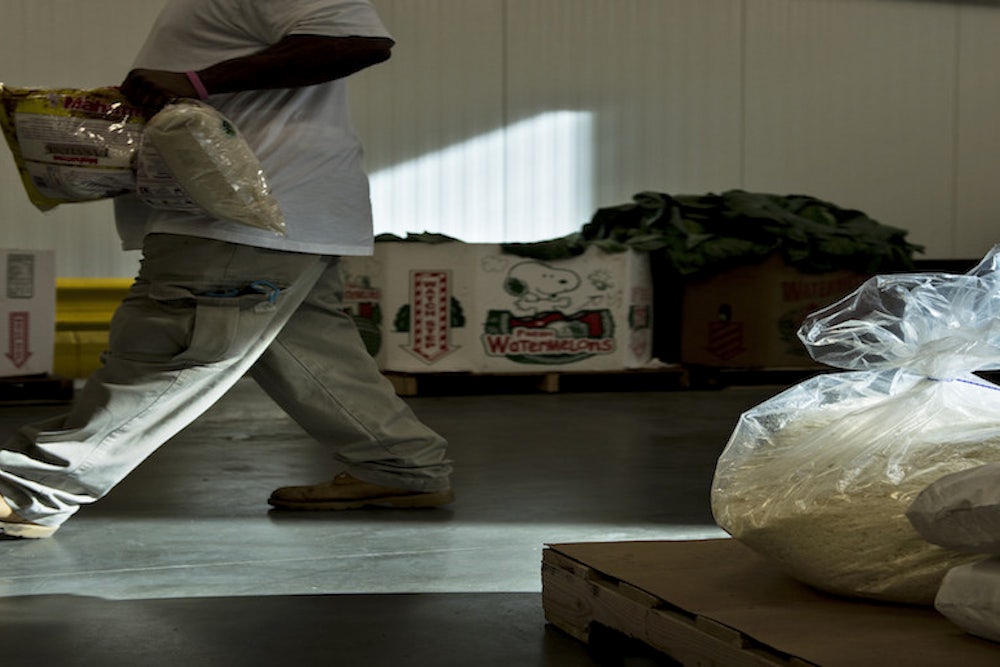More than 46 million Americans rely on food stamps, known now as the Supplemental Nutrition Assistance Program, or SNAP, according to a recent report from the Hamilton Project. This makes it the country’s most critical tool in battling poverty. The program kept 4.9 milllion out of poverty in 2012, including more than 2 million children. Yet more than 16 percent of Americans, including 22.4 percent of children, struggle with "food insecurity"—which means hunger. Washington, D.C. has one of the highest rates of food insecurity at 30 percent. Only New Mexico eclipses the nation's capital with more hungry households.
SNAP participation rates peaked during the recession, rising more than 64 percent between 2007 and 2011. But automatic cuts to the SNAP program kicked in November 1, slashing more than $5 billion from the program. The average household benefit dropped, leaving recipients with an average of $1.40 per meal. The cuts have hit families hard, and food banks and pantries across the U.S. are now struggling to fill that need—one that could increase if the Republicans' proposal to slash billions more from SNAP goes through.
The chart below shows how many Americans now rely on food stamps—and some facts that show the potential consequences of further cuts:
